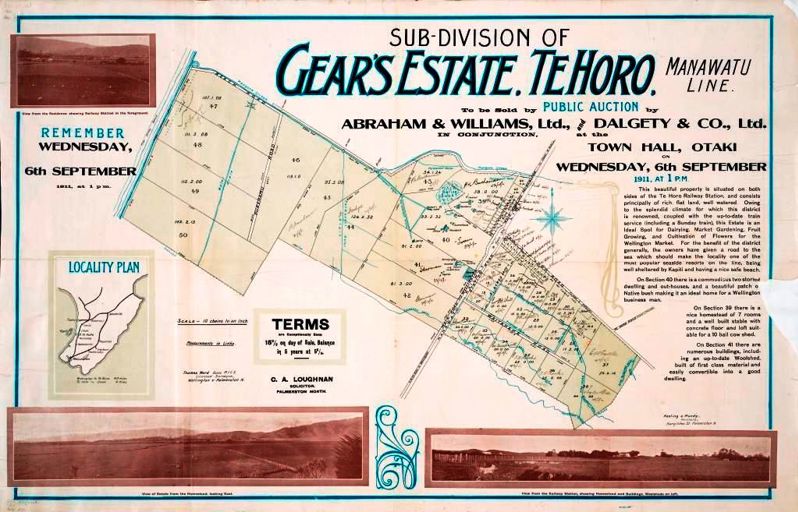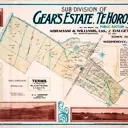Te Horo
Hyde Park, SH1, Te Horo
In the 1820s, the Muaupoko inhabitants of Te Horo were overcome by northern iwi retreating from the Musket Wars. Although food from the sea, beach, waterways and forests was plentiful, population pressure mounted.
This led to the Haowhenua war between Ngāti Raukawa, Te Āti Awa and their allies in 1834. When peace was restored, Katihiku, at the river mouth, became the home of Ngāti Huia.
Much Te Horo land, bought by the Crown in the 1870s, was vested in the railway company in the 1880s. The railway attracted small farmers, flax millers, timber millers and James Gear, who established a large estate.
Te Horo village grew near the railway station. In recent decades, horticulture and lifestyle blocks have taken over from dairying.



